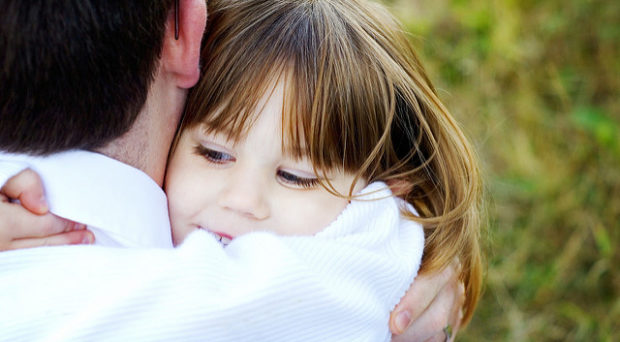
Previous research has found that, compared with the general population, adoption is associated with increased rates of both all-cause mortality and of specific causes of death, such as infections, vascular disease and cancer as well as alcohol-related deaths and suicide.
In order to explore long-term consequences of the age at transfer of adoptees into a new family, the authors of a study published today in BMC Public Health have looked at mortality rates and cause-specific mortality rates in 10,592 Danish adoptees according to age at transfer. The researchers, based at Aarhus University and the University of Copenhagen, also set out to assess if the social class of the adoptive family modified the effects of age at transfer to the adoptive family.
Mortality rates among adoptees were compared according to the age at which the adoptee was transferred to the adoptive family, using those who were transferred immediately after birth as a reference. For the purpose of this study, the social class of the adoptive family was based on occupation of the fathers, and was available from the adoption records for 96% of the adoptive fathers.
The researchers found that death rates from all causes were significantly higher in those transferred between age 1 month and 4 years compared to those transferred immediately after birth.
In the main analyses, adoptees were divided into six groups according to their age at the time of transfer to the adoptive parents: 0 months, 1-5 months, 6-11 months, 12-23 months, 2-3 years, and 4-7 years. The social class of the adoptive family was considered a factor potentially modifying the effects of age at transfer and was categorized into high and low social class. High social class included advanced professional, academic and sub-academic professions and self-employed, while low social class included subordinate clerks, skilled workers, semi-skilled workers, and unskilled workers. In the analyses including the potential modifying effect of paternal social class, age at transfer was reduced to four categories: 0 months, 1-5 months, 6-23 months, and 2-7 years.
The researchers found that death rates from all causes were significantly higher in those transferred between age 1 month and 4 years compared to those transferred immediately after birth with the relative rate peaking for those transferred between 6 and 11 months. Death rates from natural causes were higher in those transferred between 1 month to 2 years of age. The later the age of transfer, the higher the rate of suicide.
Therefore, transfer into an adoptive family later than at time of birth may have long-term consequences affecting overall and cause-specific mortality. These effects were, to the researchers’ surprise, not modified by the environment provided by the adoptive family as indicated by the social class of these families.
Considering the study is observational with limited information at baseline, it is of course difficult to make counterfactual inferences about what would have happened to the children if they had not been adopted away and transferred to the adoptive family at a certain age. The conclusions from the study are based only on the comparisons of adoptees with different ages at transfer to the adoptive families.
Comments